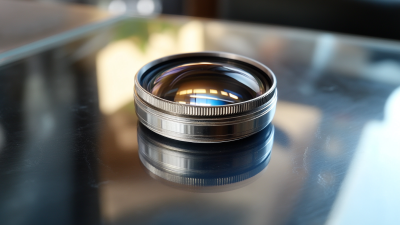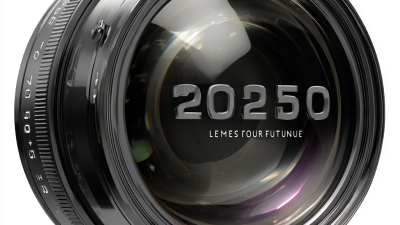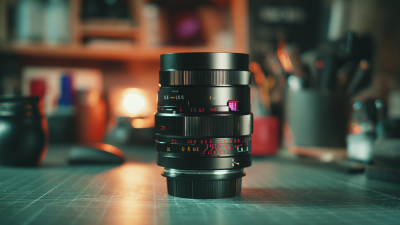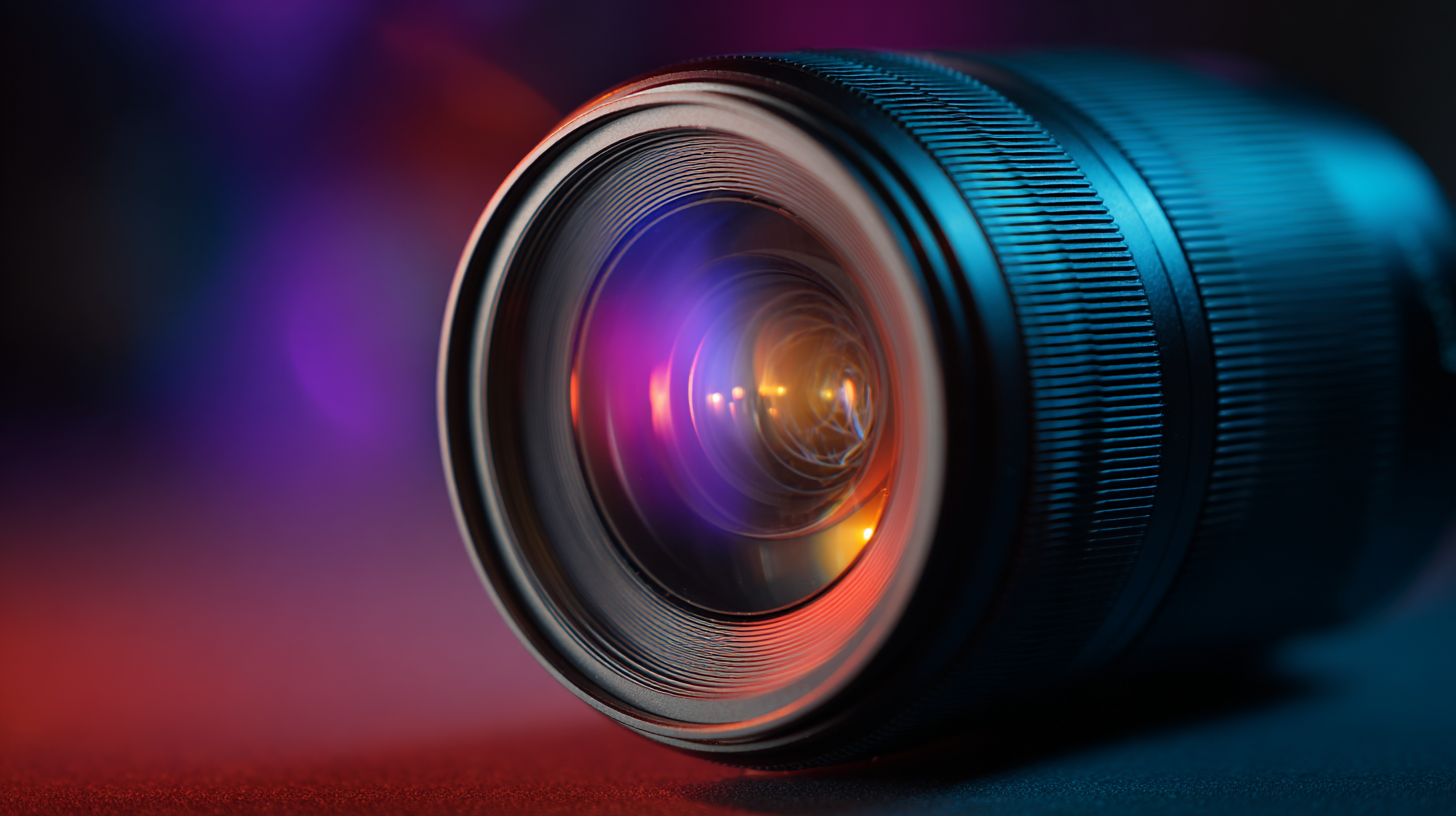 In the realm of photography and optics, understanding the performance of lenses is crucial for both amateurs and professionals alike. Among the various lens technologies available today, "Multi Coated Lens" stands out as a pivotal advancement, enhancing image quality by reducing glare and improving light transmission. This ultimate guide aims to unravel the complexities surrounding multi coated lens performance, providing key insights from industry experts and real-world applications.
As we delve into the science behind multi coatings, we will explore how they influence colors, contrast, and overall clarity in photographs. By equipping readers with this knowledge, we hope to empower photographers to make informed decisions when selecting lenses that meet their creative needs and elevate their photographic endeavors.
In the realm of photography and optics, understanding the performance of lenses is crucial for both amateurs and professionals alike. Among the various lens technologies available today, "Multi Coated Lens" stands out as a pivotal advancement, enhancing image quality by reducing glare and improving light transmission. This ultimate guide aims to unravel the complexities surrounding multi coated lens performance, providing key insights from industry experts and real-world applications.
As we delve into the science behind multi coatings, we will explore how they influence colors, contrast, and overall clarity in photographs. By equipping readers with this knowledge, we hope to empower photographers to make informed decisions when selecting lenses that meet their creative needs and elevate their photographic endeavors.
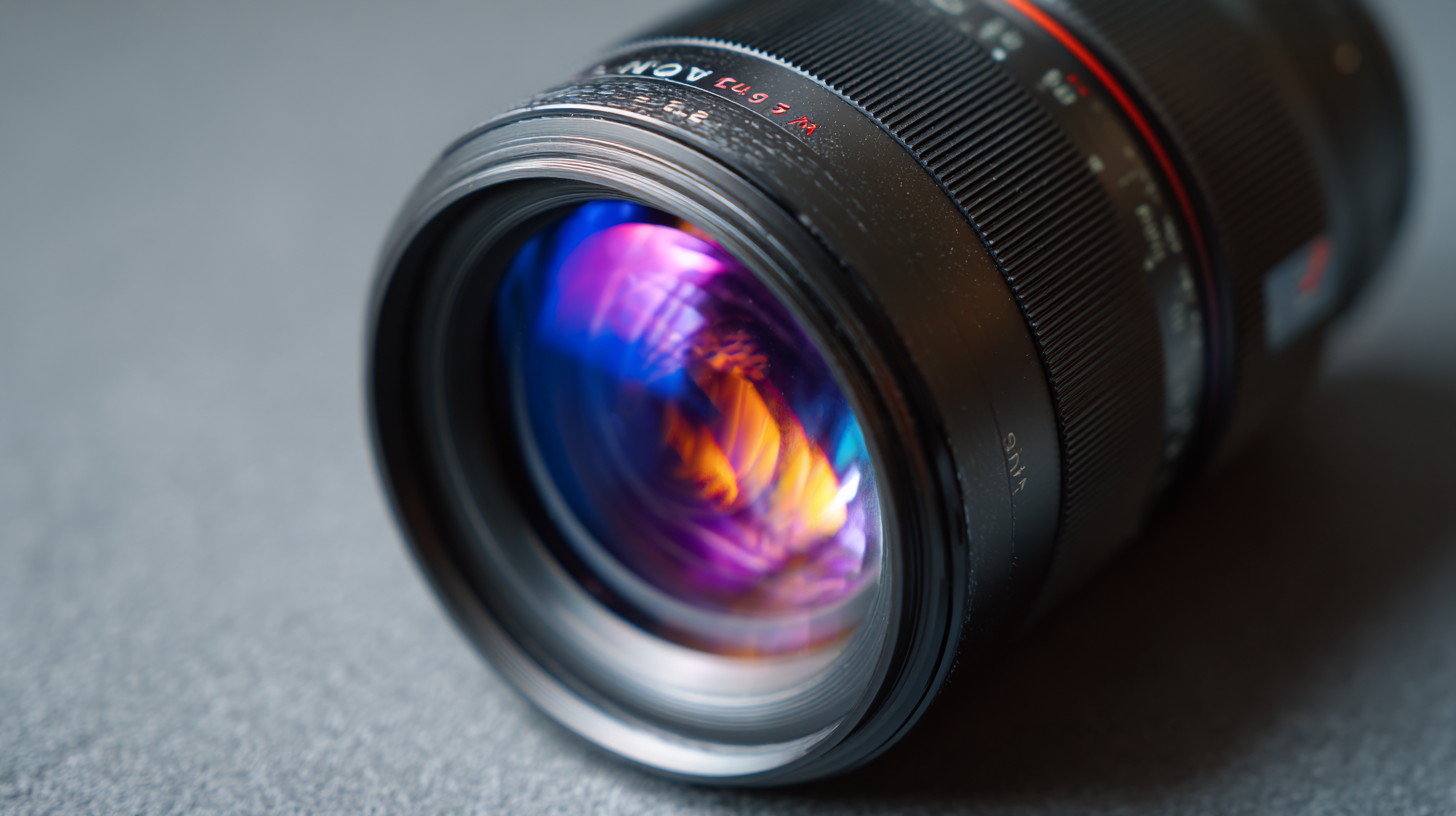 Multi-coated lenses have revolutionized the field of optics, enhancing performance and improving visual clarity across various applications. Understanding the science behind these lenses requires a look at how multiple layers of coatings interact with light. The primary purpose of multi-coating is to reduce reflections and increase light transmission. Each layer is designed to target specific wavelengths, allowing for optimal performance across a spectrum of light conditions. This advanced technology minimizes glare and enhances color fidelity, making a significant difference for photographers, videographers, and optical device users.
Multi-coated lenses have revolutionized the field of optics, enhancing performance and improving visual clarity across various applications. Understanding the science behind these lenses requires a look at how multiple layers of coatings interact with light. The primary purpose of multi-coating is to reduce reflections and increase light transmission. Each layer is designed to target specific wavelengths, allowing for optimal performance across a spectrum of light conditions. This advanced technology minimizes glare and enhances color fidelity, making a significant difference for photographers, videographers, and optical device users.
Additionally, multi-coated lenses are more resistant to environmental challenges like moisture, dust, and scratches. This durability is crucial for users who operate in diverse and demanding conditions. The effectiveness of these coatings depends on the quality of materials and the precision of the application process. Manufacturers aim to achieve a balance between maximum light transmission and minimal reflection, resulting in sharper images and greater overall optical performance. With continuous advancements in coating technologies, the future promises even more impressive improvements in lens efficacy and user experience.
Driving at night can be daunting due to glare and reflections that hinder visibility. Multi coated lenses have emerged as a solution, offering significant benefits in enhancing clarity and reducing discomfort from reflections. These specialized coatings are designed to minimize light reflections, allowing more light to pass through the lens, which is especially important when navigating dark roads.
One noteworthy example of innovation in this space is a new flagship coating offering exceptional clarity and durability. By effectively diminishing reflective properties, this coating helps drivers maintain optimal vision without the distractions caused by bright headlights or streetlights. Users of these advanced lenses often report an enhanced overall driving experience, feeling more confident and secure on the road.
Tips for Selecting Multi Coated Lenses:
When it comes to evaluating the performance of multi-coated lenses, understanding industry standards is crucial. Recent data from the Optical Society reveals that multi-coated lenses can enhance light transmission by up to 99% compared to uncoated lenses. This significant difference underscores the importance of choosing the right coating to achieve superior optical quality. Major brands, such as Nikon and Canon, have implemented advanced multi-coating technologies that not only reduce flare and ghosting but also improve overall image clarity.
Comparing the performance of multi-coated lenses across top brands reveals notable distinctions. A study published in the Journal of Optics found that lenses with nano-coating technology demonstrated a remarkable reduction in scratch resistance, outperforming standard coatings by approximately 50%. Additionally, brands like Zeiss have introduced proprietary coatings that optimize contrast and color fidelity, enhancing the viewing experience for photographers and videographers alike. These metrics highlight why discerning consumers should consider not just the brand, but also the specific coating technologies employed when purchasing multi-coated lenses.
Multi-coated lenses have become a staple in photography and optics, playing a crucial role in enhancing light transmission and image quality. The coatings applied to these lenses significantly reduce reflections and increase the amount of light that passes through, which directly impacts the brightness and clarity of images. When light interacts with the lens surfaces, uncoated or poorly coated lenses can lead to loss of intensity and unwanted flares, detracting from the overall quality of the captured scene.
Quantifying light transmission involves measuring how effectively a lens transmits visible light while minimizing losses caused by reflections. Multi-coatings serve to enhance this transmission, often achieving up to 99% efficiency per surface. This can make a substantial difference in challenging lighting conditions, such as low light or backlighting, where every bit of light counts. Understanding how these coatings work can help photographers select the right equipment for their needs, ensuring they achieve optimal brightness and detail in their images. The advancements in coating technology also reflect industry trends, highlighting the growing demand for high-performance optical products among professionals and enthusiasts alike.
| Coating Type | Light Transmission (%) | Image Brightness (Lumens) | Contrast Ratio | Reflection Reduction (%) |
|---|---|---|---|---|
| Single Coated | 90 | 100 | 5:1 | 5 |
| Multi Coated | 98 | 120 | 10:1 | 2 |
| Advanced Multi Coated | 99 | 130 | 12:1 | 1 |
| Nano Coated | 97 | 110 | 8:1 | 4 |
The optical industry is on the brink of a revolution, driven by cutting-edge innovations in lens coatings that enhance performance and user experience. As technology advances, manufacturers are exploring new materials and application techniques to develop coatings that not only improve clarity and reduce reflections but also offer increased durability and resistance to scratches. One notable trend is the introduction of anti-fog and hydrophobic coatings, particularly for sports eyewear and safety glasses, catering to consumers' demand for functional and high-performance products.
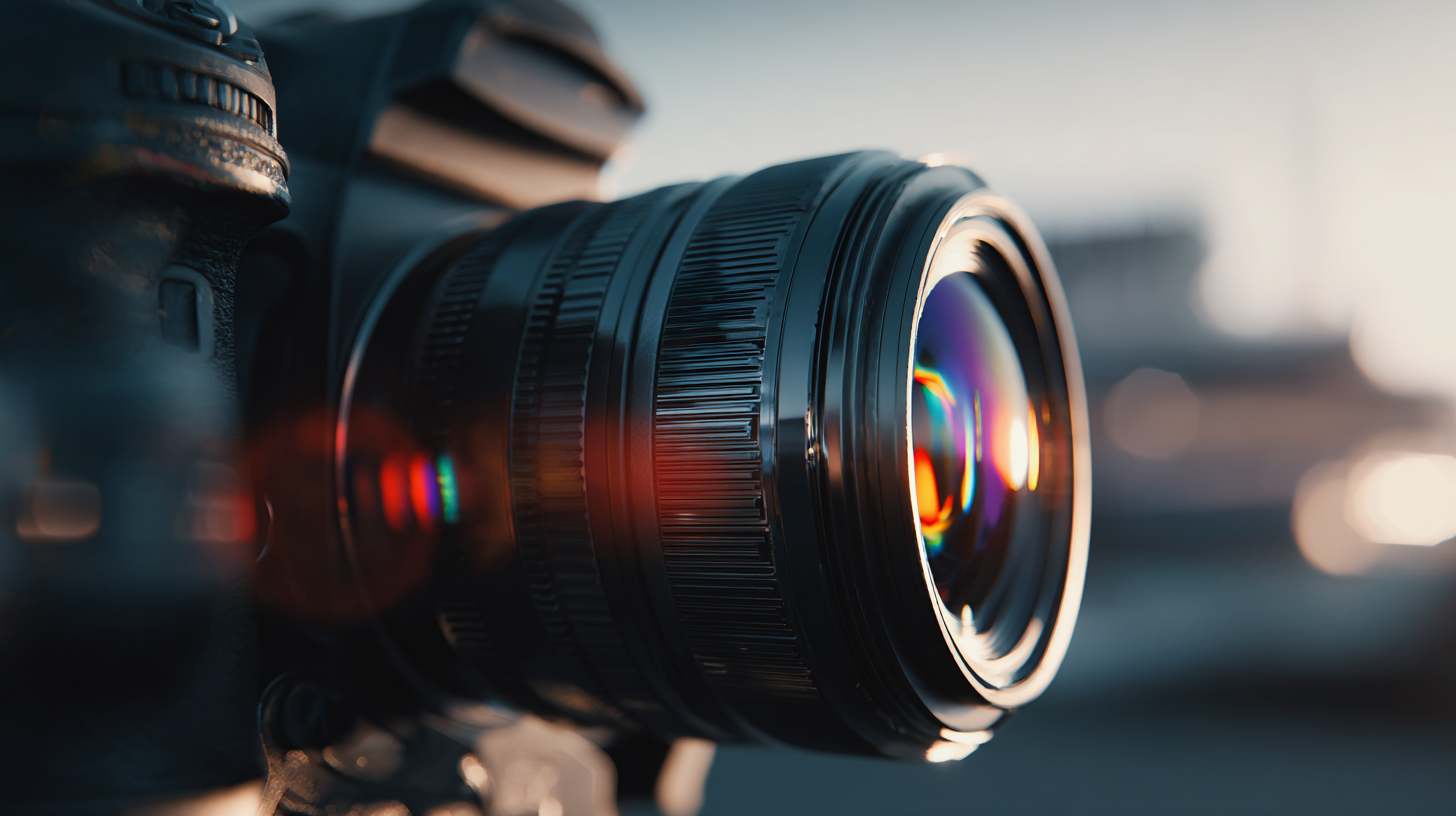
In addition to these practical benefits, sustainability is becoming a crucial focus for the industry. Manufacturers are increasingly adopting eco-friendly practices and materials to minimize their environmental impact. Innovations are emerging that utilize biodegradable or recyclable materials in coatings, appealing to environmentally-conscious consumers. This commitment to sustainability is expected to play a significant role in shaping product development and marketing strategies in the upcoming years, positioning the optical industry as a leader in environmental responsibility while meeting the evolving needs of its customers.
